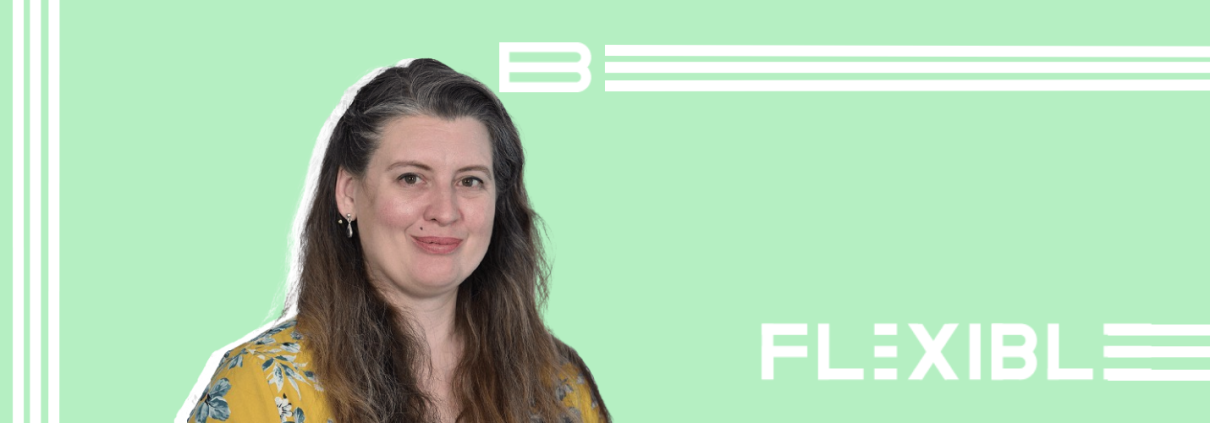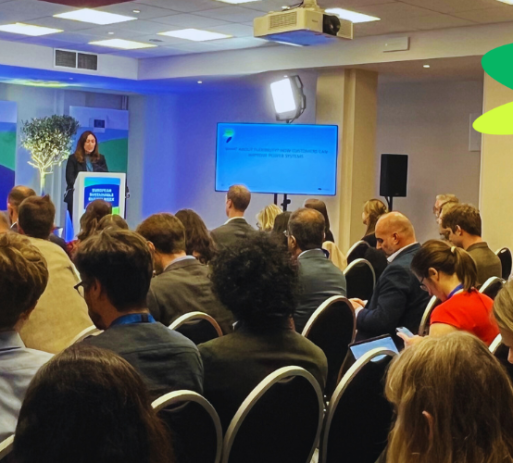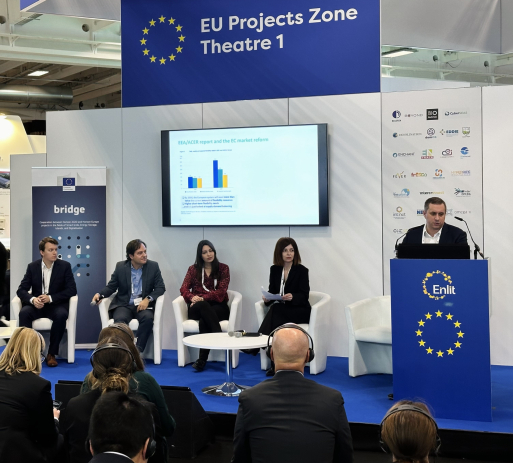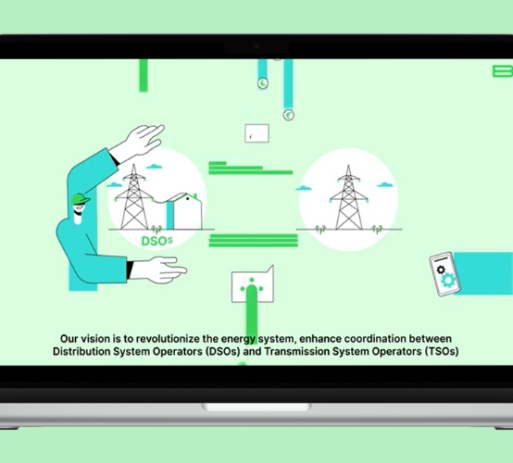Enhancing customer engagement in energy flexibility programs
Article authored by Rose Matthews, from Smart Innovation Norway
The BeFlexible project adopts a social sciences approach to customer engagement in energy flexibility programs. By leveraging Actor-Network Theory (ANT) to map and understand the relationships between various actors involved in flexibility pilots, the project aims to create a customer-centric engagement strategy that seamlessly integrates customers into pilot programs. This article delves into the key components of the BeFlexible project, focusing on recruitment, onboarding, continuous engagement, tailored pilots, strategic engagement processes, and the translation of strategy into action.
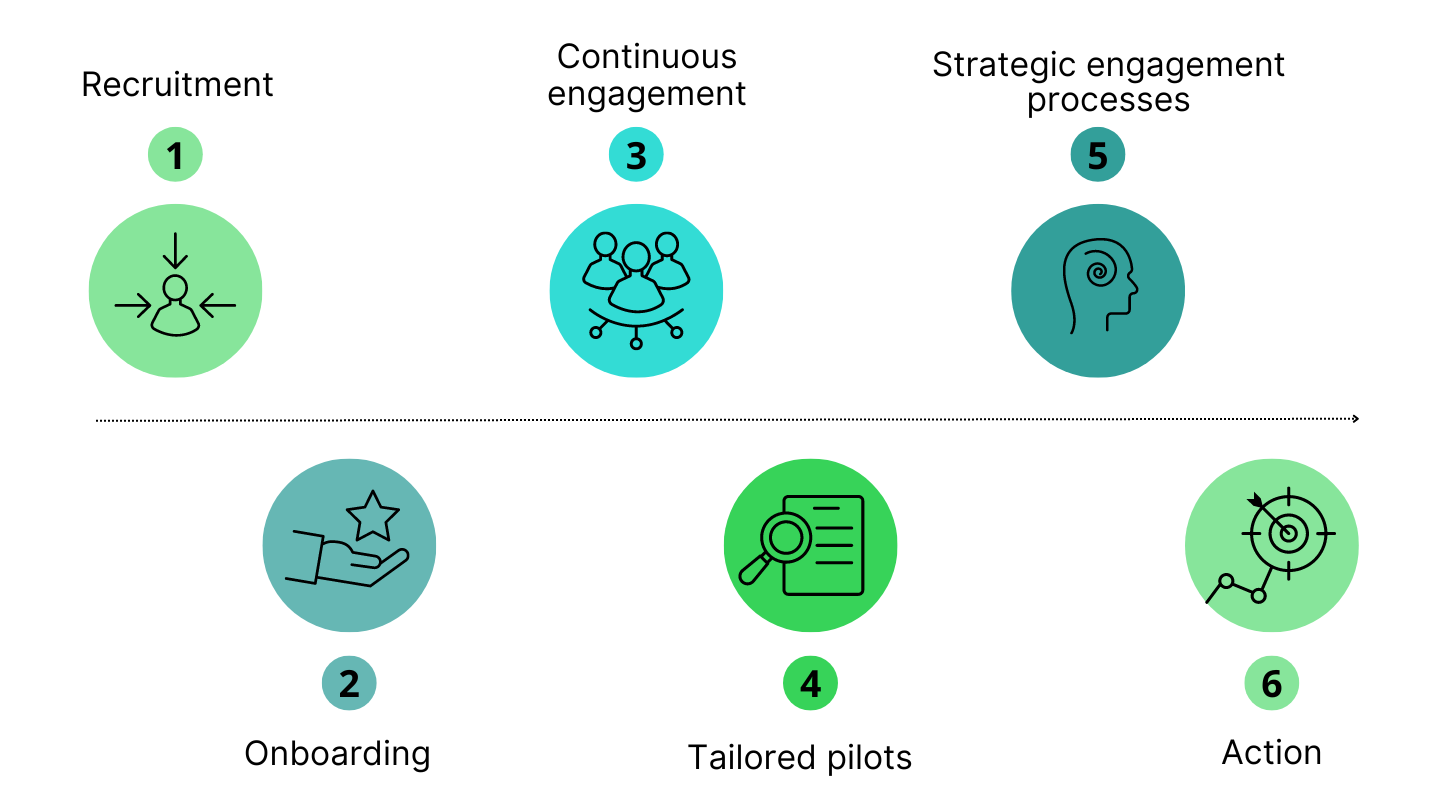
Recruitment, Onboarding, and Continuous Engagement
Central to the BeFlexible engagement strategy is the seamless integration of customers into pilot programs. The journey begins with recruitment, where customers are identified and invited to participate. Meticulous onboarding processes follow, ensuring that customers understand their roles and responsibilities within the program. Continuous engagement is maintained throughout the pilot programs, fostering sustained contact and interaction between customers and industry players. This customer-centric approach aims to actively involve end consumers and industry stakeholders in utilizing flexibility resources, thereby contributing to the overarching goals of the project.
Tailored Pilots: Addressing Diverse Objectives
The BeFlexible project employs a tailored approach to address specific objectives across diverse geographical regions:
- In the Northern EU pilot, based in Sweden, the focus is on engaging Flexibility Service Providers at the industry and municipality level.
- In contrast, the Southern EU and South-Western EU pilots target end consumers and householders directly.
These pilots operate on different timescales, necessitating a date-agnostic engagement strategy structured around key stages: recruitment, onboarding, usage, and continuance. By customizing the pilot demonstration framework to suit the unique characteristics of each region, the project maximizes its impact and effectiveness.
Strategic Engagement Process
A critical aspect highlighted in the BeFlexible project is the importance of targeted engagement activities. By tailoring efforts to customer archetypes identified earlier in the project, the engagement process becomes more effective and relevant. Local cultural nuances are taken into account, and customers’ past interactions with pilot partners are considered to enhance engagement strategies. The project adopts an experimental evaluation approach, testing various communication methods to gauge effectiveness and using these insights to refine strategies iteratively. This strategic engagement process ensures that customer engagement remains dynamic and responsive to evolving needs and preferences.
Turning the Strategy into Action
As the BeFlexible project progresses, the insights and methodologies outlined in the comprehensive report serve as a foundation for pilot partners to develop their individual engagement plans. By translating the engagement strategy into actionable plans, pilot partners can effectively implement customer-centric approaches in their respective regions. The project envisions a sustainable and flexible energy future where customers play an active role in shaping a resilient and adaptive energy ecosystem. By empowering customers to become active contributors rather than passive consumers, the BeFlexible project aims to drive positive change in the energy sector.
This article summarizes key takeaways from Deliverable 2.2, titled “Customer Engagement Strategies” developed within the framework of the BeFlexible project. To access the complete document, please click here.
Stay tuned about BeFlexible by following us on LinkedIn and Twitter!

